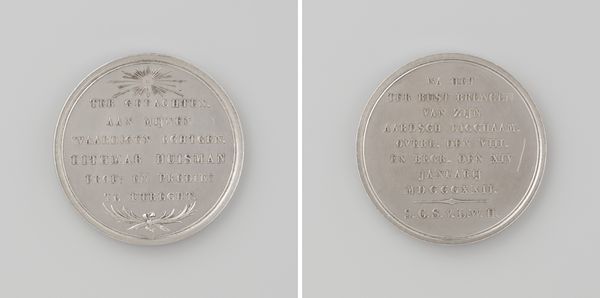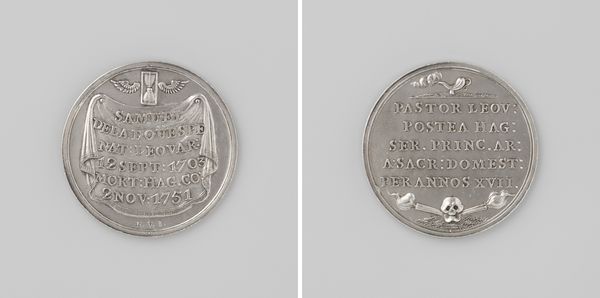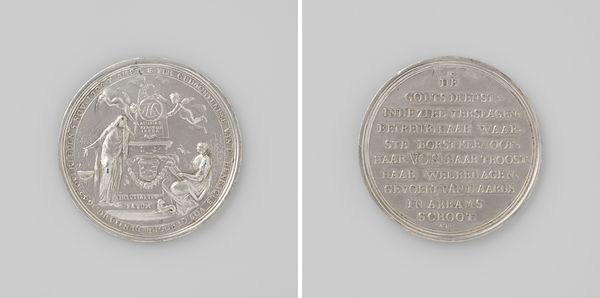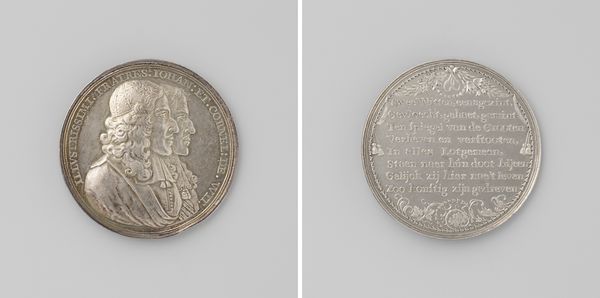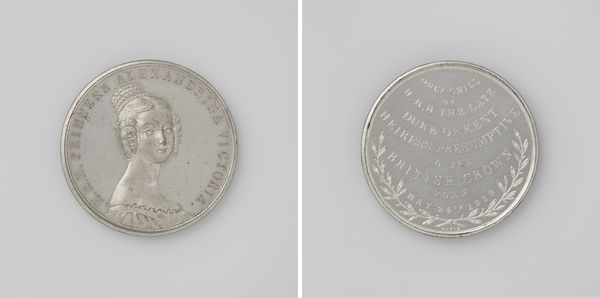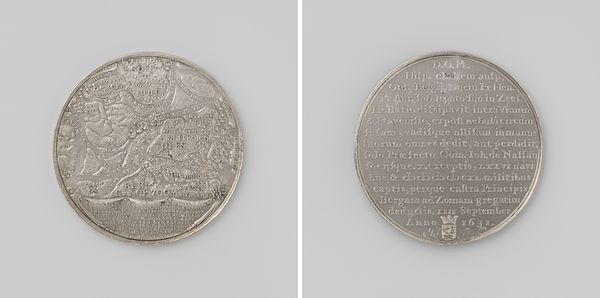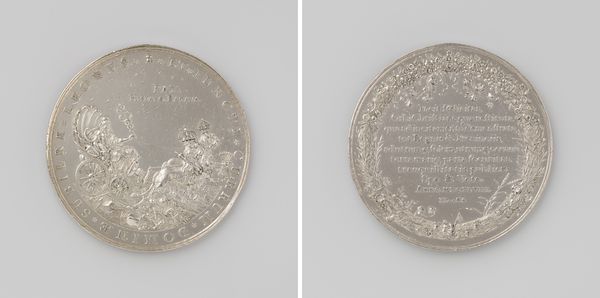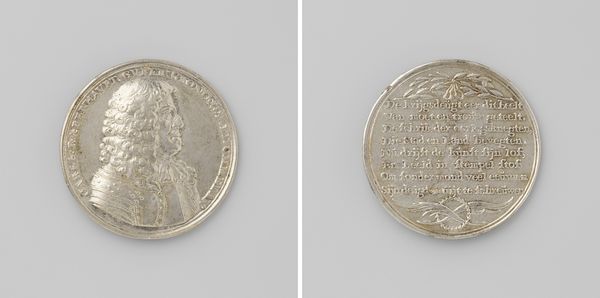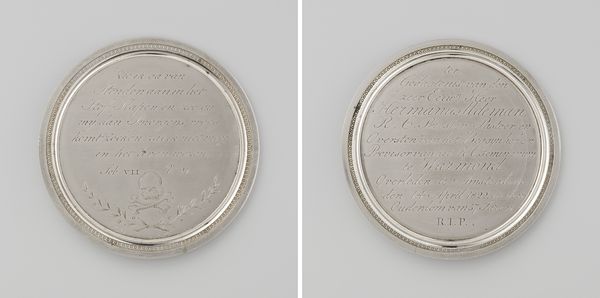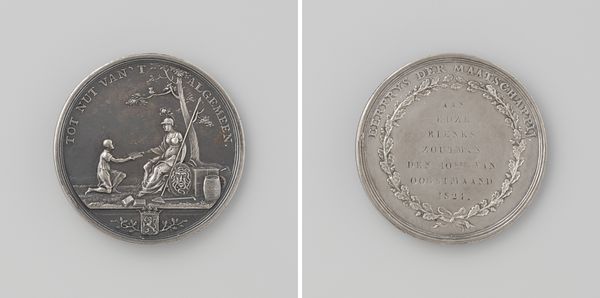
Genootschap ter Beschaving van de minvermogende Stand, penning uitgereikt aan L. Kroll 1825
0:00
0:00
metal, relief, sculpture
#
portrait
#
medal
#
neoclacissism
#
metal
#
relief
#
sculpture
Dimensions: diameter 3.7 cm, weight 11.48 gr
Copyright: Rijks Museum: Open Domain
Editor: This is an interesting piece! It's a metal medal from 1825. It was given by the "Genootschap ter Beschaving van de minvermogende Stand" to someone named L. Kroll. The inscription makes it feel very formal, almost austere. What's your take on it? Curator: This medal offers us a glimpse into the social dynamics of the 19th century. These societies, often operating with philanthropic intentions, also wielded power in shaping societal norms and expectations. Who were the "minvermogende Stand"— the 'lower classes'? And what did "beschaving," or civilization, really mean in that context? Editor: So, it's not just about helping people? Curator: It's more complicated than that. This medal represents a top-down approach to social reform. What implications did these reform movements have on individual agency and cultural expression among those being "civilized"? Editor: That makes sense. So the medal, beyond being an object of recognition, embodies a whole system of social control? Curator: Precisely! Look closely at the text; language carries so much weight, doesn't it? How might the recipient, L. Kroll, have viewed this 'honor'? Did it feel empowering, or perhaps, subtly diminishing? Think about how these kinds of rewards can simultaneously uplift and reinforce existing power structures. Editor: Wow, I didn't see it that way initially. Now, looking at it, the medal feels less like a simple token of appreciation and more like a complex symbol of social engineering. Curator: Exactly. Art objects often operate on multiple levels, reflecting and shaping the ideologies of their time. Considering the medal in light of today’s debates around social justice, can it contribute to understanding the historical roots of inequality?
Comments
No comments
Be the first to comment and join the conversation on the ultimate creative platform.
